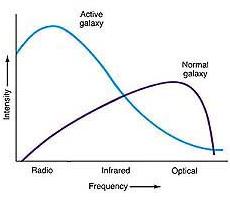
- Normal vs active galaxies: Normal
ones are basically made of stars emitting visible light; Active
ones are much brighter and have a different, "nonstellar"
spectrum.
|
Active Galaxies
- What do we see? Many distant
galaxies, and even some nearby ones, like Centaurus A, look
like ordinary galaxies, but emit much more in radio waves
and IR than the MW, from a central "active" region.
- Seyfert galaxies: Spiral-like, but they
have a tiny, 1-ly across active rotating nucleus, of variable brightness.
- Radio galaxies: Elliptical-looking,
like M87 or Centaurus A (the nearest one), but they have a more extended
region of ejected matter and a radio emitting halo or lobes.
- Where does the energy come from?
According to the current theory, supermassive black holes at the center
(millions or billions of solar masses), convert part of the infalling
matter
into
energy (E
= mc2) and may have a big influence
on the whole galaxy; Particles spiraling in magnetic fields produce
the radio waves we see.
- Starburst Galaxies: 100 times
the MW's star formation rate; Strong IR radiation, surrounded
by X-ray emitting galactic winds; The nearest example is M82, the irregular
Cigar galaxy 10 Mly away, that collided with M81 about 300 Myr ago.
|
_360x207.jpg)
_360x207.jpg)
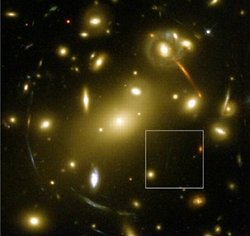
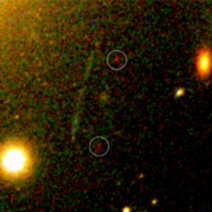
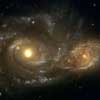

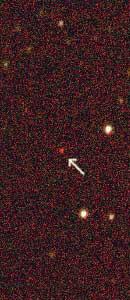
_250x259.jpg)
![]()